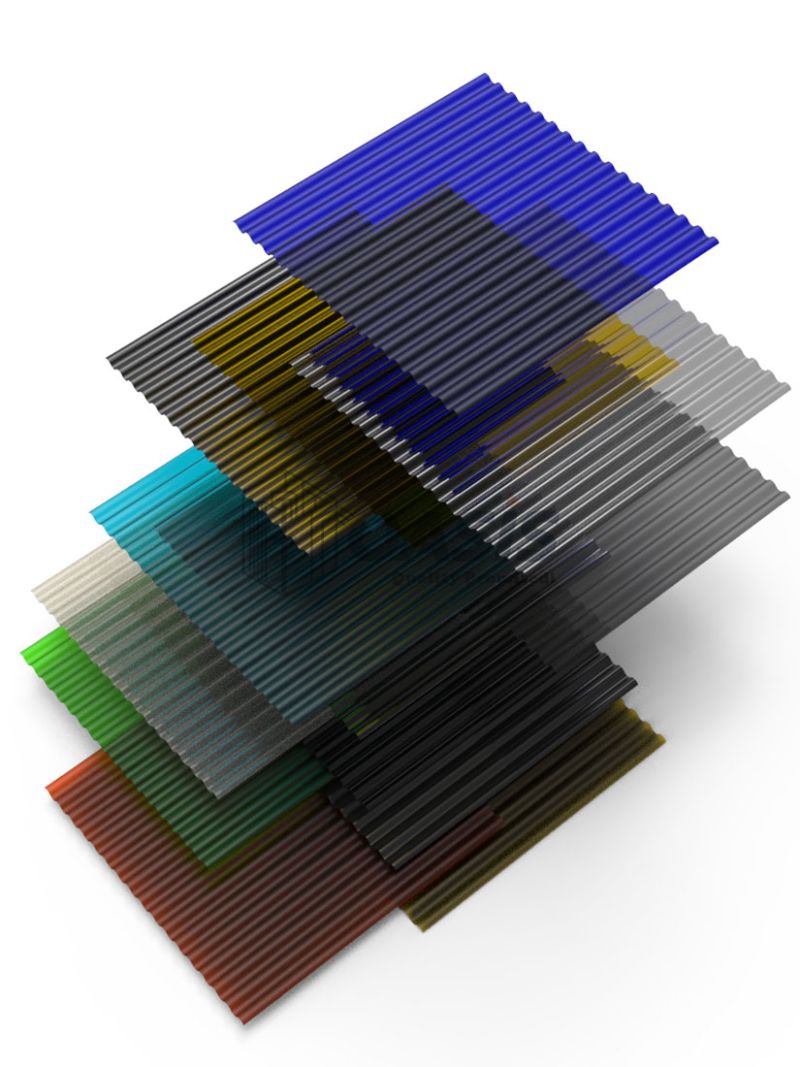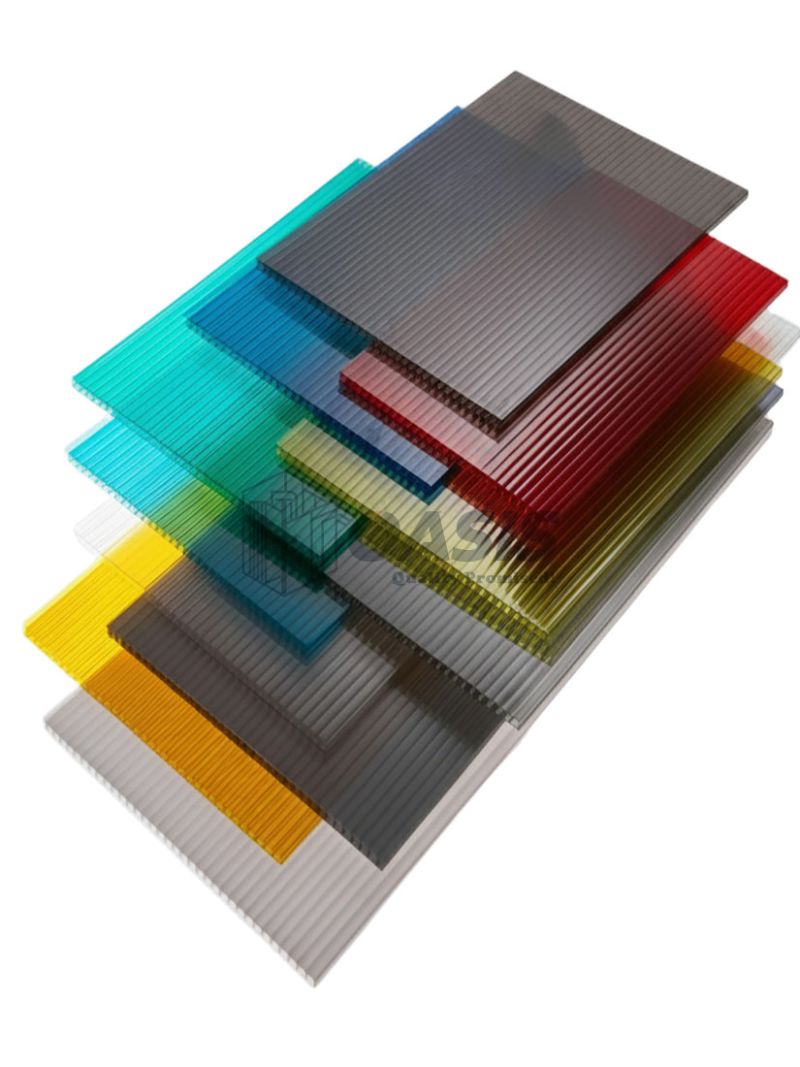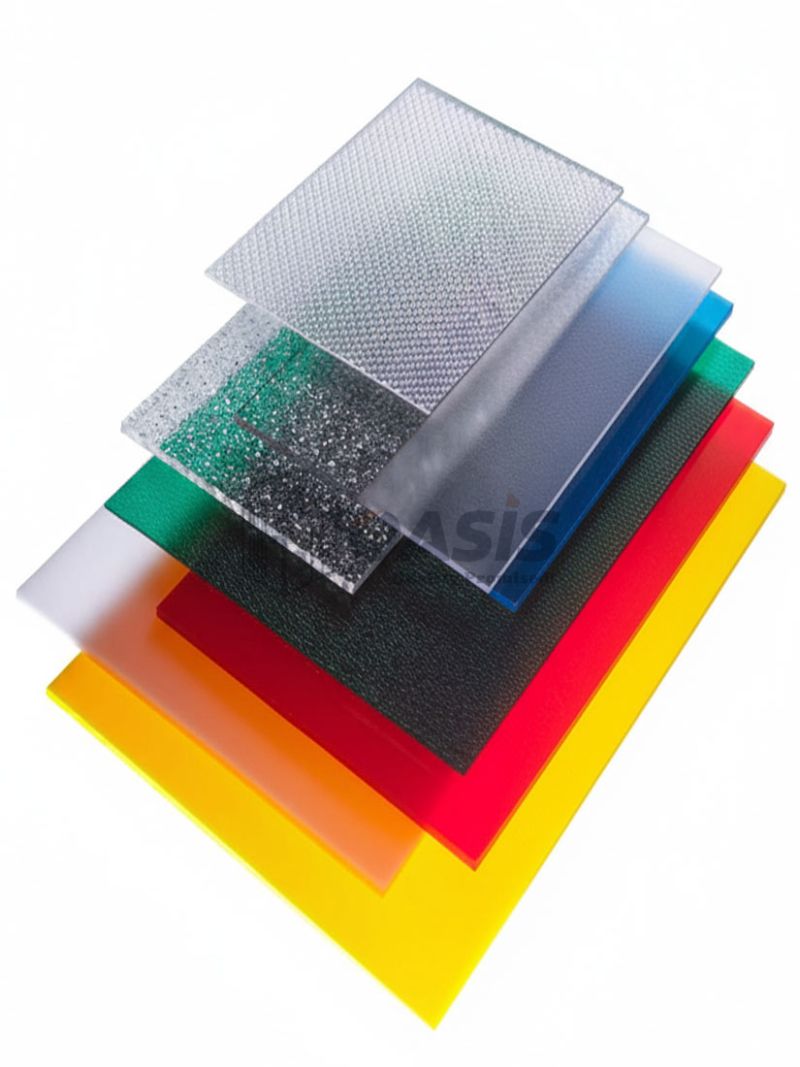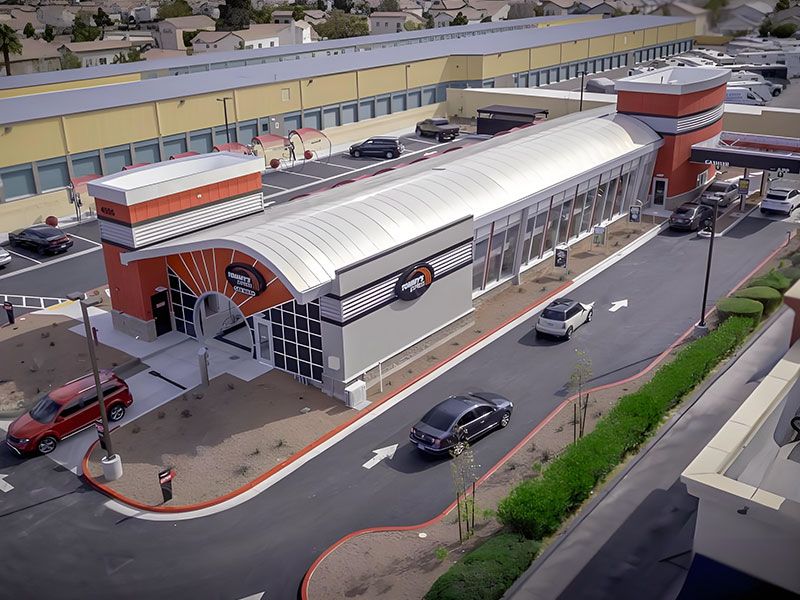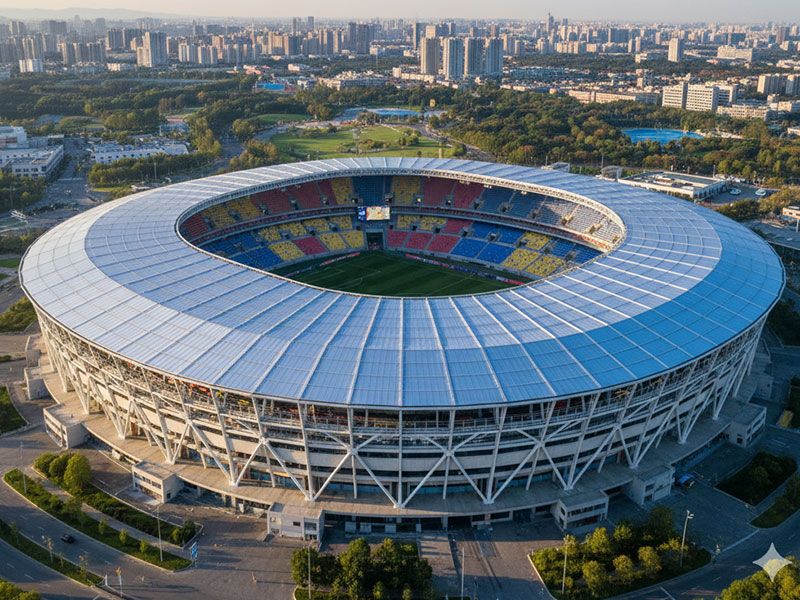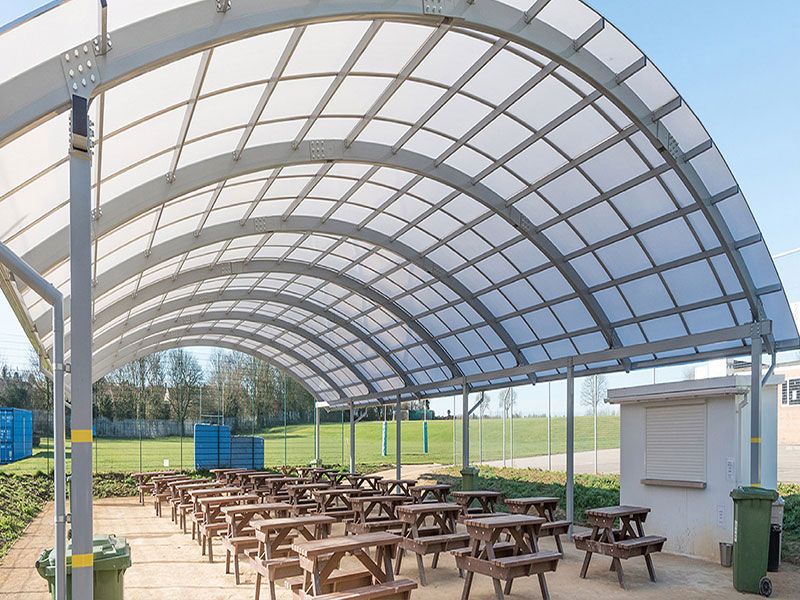The Transparent Revolution: Polycarbonate Sheets in Modern Architecture and Facade Design
Once relegated primarily to greenhouses and simple industrial roofing, polycarbonate sheets have emerged as a powerhouse material in contemporary architecture.1 Architects now leverage its unique properties—transparency, extreme durability, and energy efficiency—to create dynamic, light-filled, and sustainable building facades, envelopes, and roofing systems that challenge the dominance of traditional glass
Polycarbonate: The Architect's Translucent Canvas
Polycarbonate is a thermoplastic polymer celebrated for its strength and optical clarity.3 Its use in architecture goes beyond simple functionality; it is a design element that transforms the spatial experience through the manipulation of light and privacy.4
1. The Power of Translucency and Daylighting
Polycarbonate offers a crucial middle ground between opaque walls and fully transparent glass.
- Diffused Natural Light: Multiwall and textured polycarbonate panels diffuse sunlight, distributing it softly and evenly deep into the building's interior.5This eliminates harsh glare and hotspots, improving visual comfort for occupants and reducing the need for electric lighting during the day.6
- The "Lantern Effect": At night, with interior lights on, the polycarbonate facade can transform the building into a glowing, monolithic lantern, creating an eye-catching visual statement that makes the structure appear luminous from the exterior.7
- Visual Ambiguity and Privacy: The translucency provides ample light while obscuring clear views into the building, offering a vital layer of privacy without sacrificing the connection to the outdoors.8
2. Superior Thermal and Acoustic Performance
Modern facades are required to be performance systems, not just a skin. Polycarbonate excels in this role.
- Exceptional Insulation: Multiwall polycarbonate panels incorporate air chambers that act as excellent thermal insulators.9 This significantly lowers the U-value, reducing heat transfer and dramatically cutting a building's energy consumption for both heating and cooling compared to single-pane glass.
- Acoustic Dampening: The multiwall structure also provides effective sound insulation, making the material an excellent choice for buildings in noisy urban environments, near airports, or alongside busy roadways.10
- Trombe Wall Application: Polycarbonate is ideal for passive solar designs, forming the outer skin of a Trombe wall to trap solar energy, which is then slowly released to heat the building's interior.11
3. Unmatched Strength and Structural Efficiency
The inherent physical properties of the material contribute to faster, safer, and more flexible construction.
- Virtually Unbreakable: Polycarbonate boasts an impact resistance up to 200 times greater than glass.12 This makes it ideal for public buildings, schools, sports facilities, or areas prone to severe weather or vandalism.
- Lightweight Advantage: Weighing significantly less than glass, polycarbonate reduces the dead load on the building structure.13This allows architects to design lighter, less costly support frames and facilitates easier, safer, and faster installation, particularly on large-scale facades and roofs.14
- Design Flexibility: Being a thermoplastic, polycarbonate can be cold-bent on-site to create sweeping, curved surfaces without special fabrication, opening up a wide array of geometric possibilities for facades and skylights.15
Key Architectural Applications
| Application | Polycarbonate Benefits | Typology Examples |
| Facade & Cladding | Aesthetic translucency, thermal insulation, impact resistance, and vibrant color options. | Museums, offices, schools, retail flagships, industrial buildings. |
| Roofing & Skylights | Lightweight, high light transmission, and superior resistance to hail and heavy snow loads. | Atriums, sports arenas, transit terminals, covered swimming pools. |
| Interior Partitions | Creating translucent, light-diffusing room dividers that maintain visual continuity while offering privacy. | Offices, creative studios, public libraries. |
| Rainscreen Systems | The outer, ventilated layer in a rainscreen facade, managing moisture while providing a unique aesthetic layer. | High-performance commercial and institutional buildings. |
In the 21st century, the facade is a performative system, and polycarbonate is the material leading this shift. It empowers architects to create buildings that are not only visually striking and expressive but are also highly sustainable, energy-efficient, and structurally resilient—a true fusion of function and form.
